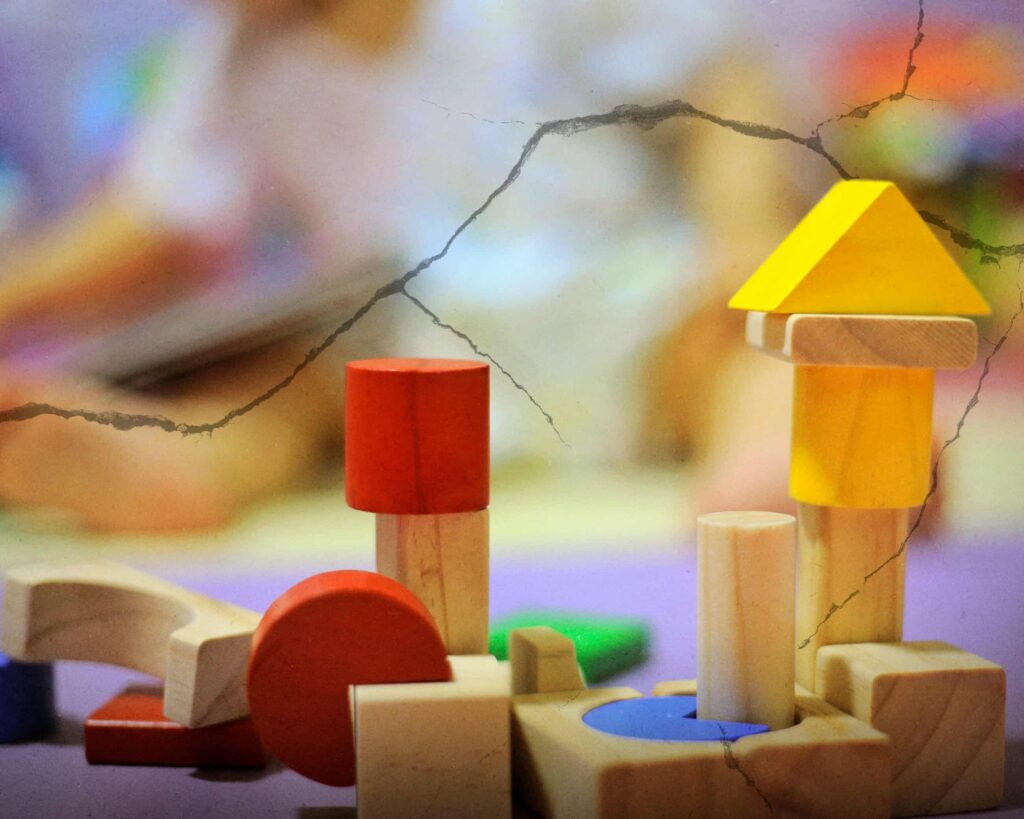
Reports of abuse in Australian childcare centres have surged in recent years, with thousands of allegations made against educators. Alarmingly, many alleged perpetrators continue to work, exposing children to potential harm. This situation highlights significant flaws in the country’s childcare regulatory system.
Angela, a mother from Victoria, experienced a nightmare when her two-year-old daughter disclosed that a male educator at her childcare centre had kissed her private parts while changing her nappy. The incident prompted Angela to take immediate action, reporting the matter to police, a general practitioner, and the childcare centre itself. Despite the medical assessment corroborating the abuse, multiple investigations concluded that there was insufficient evidence to substantiate the claims, allowing the accused educator to remain employed.
The findings echo a troubling pattern in Australia’s childcare system, where complaints of sexual misconduct often fall through the cracks. According to the Victorian reportable conduct scheme, the conclusion that allegations were “unsubstantiated” does not necessarily indicate a lack of merit but rather that the evidence did not meet the threshold for action. Without corroborating evidence, such as video footage or additional witnesses, disclosures from young children are frequently deemed inadequate.
The federal government has responded to the rising concerns by introducing new legislation aimed at enhancing children’s safety in childcare services. This legislation would enable authorities to strip funding from underperforming centres and conduct surprise inspections. However, experts warn that these measures may merely be reactive strategies that fail to address the underlying issues within the regulatory framework.
In the Northern Territory, another mother reported witnessing a male educator inappropriately interacting with her three-year-old child. Despite her immediate report to both the centre and police, the investigation stalled due to lack of evidence. The Quality Education and Care Northern Territory (QECNT) also declined to take further action, stating that without police prosecution, there was nothing to indicate wrongdoing by the educator, who was ultimately allowed to return to work.
This situation raises significant concerns regarding the ability of childcare regulators to act on serious allegations when police do not pursue criminal charges. Experts point out that there is no effective mechanism for tracking or sharing information about individuals accused of misconduct across different childcare services. Consequently, educators who face allegations may easily find employment at other centres, further endangering children.
The case of Ashley Paul Griffith, who has been dubbed Australia’s worst paedophile, underscores the urgent need for reform. Griffith was convicted in 2022 of abusing 73 girls over two decades while working in childcare. Prior allegations against him had been dismissed due to insufficient evidence, and he was allowed to continue working with children. A recent report from the Queensland Child Death Review Board revealed that significant concerns about Griffith were not adequately addressed, allowing him to evade scrutiny until his arrest.
In light of these failures, the Australian Children’s Education and Care Quality Authority (ACECQA) has recommended the establishment of a centralised mechanism for sharing information regarding allegations of misconduct. Such a system would enable better monitoring and response to potential threats posed by individuals with unsubstantiated claims against them.
The push for a national register of childcare workers has gained traction, with advocates arguing that it should include records of all serious allegations, whether substantiated or not. Anne Hollonds, the national children’s commissioner, asserts that documenting reportable matters can help identify patterns of concerning behaviour, which is crucial for safeguarding children.
As discussions surrounding childcare safety continue, experts stress the importance of reforming the regulatory system to ensure that children are protected. The current framework, marred by inconsistencies and a lack of resources, fails to provide adequate safeguards for the most vulnerable members of society.
In conclusion, Australia faces a critical challenge in its childcare system. While recent legislative efforts aim to improve safety, substantial work remains to be done in addressing the systemic issues that allow alleged abusers to continue working with children. Only through comprehensive reform can the safety of children in childcare settings be assured.






